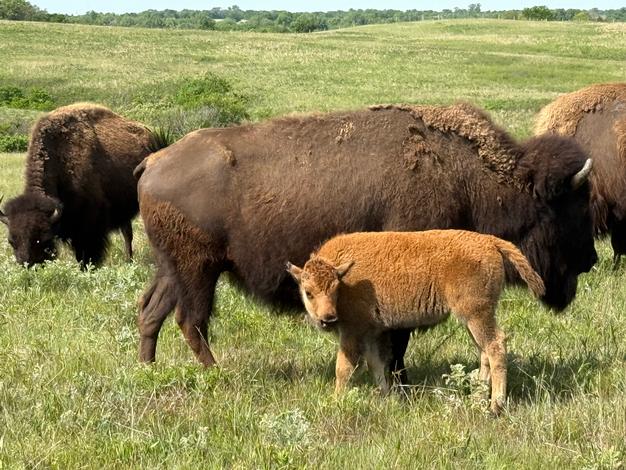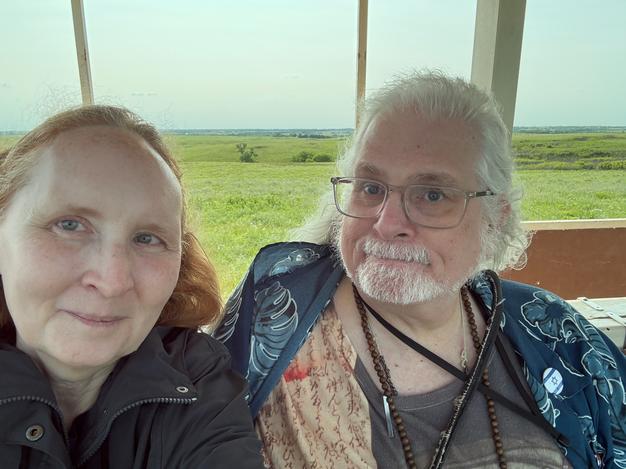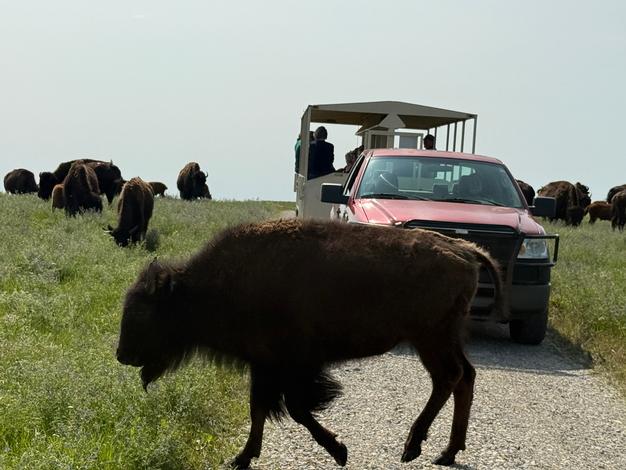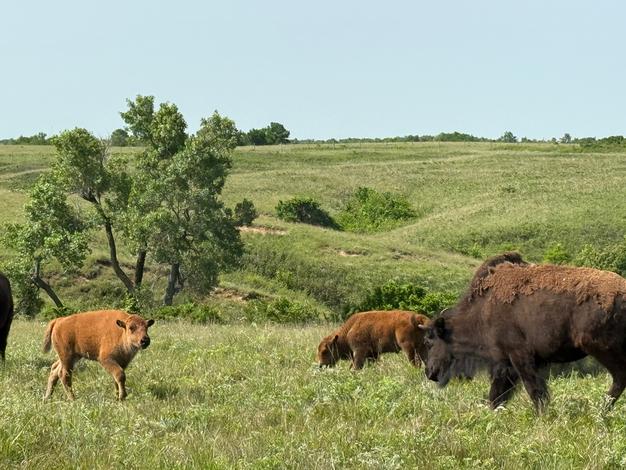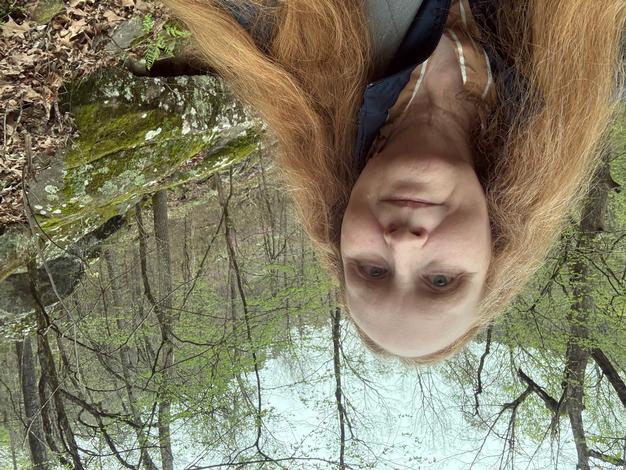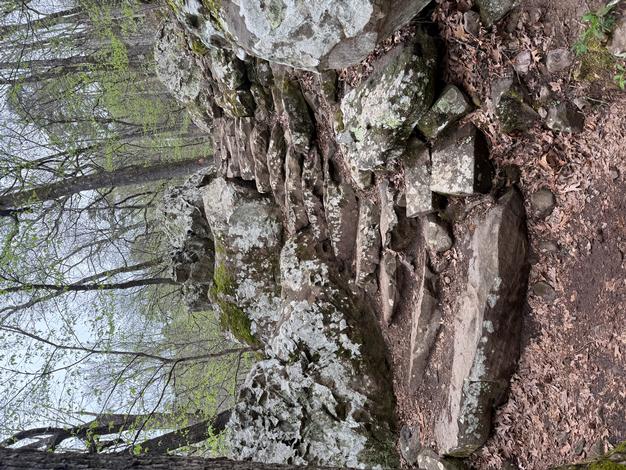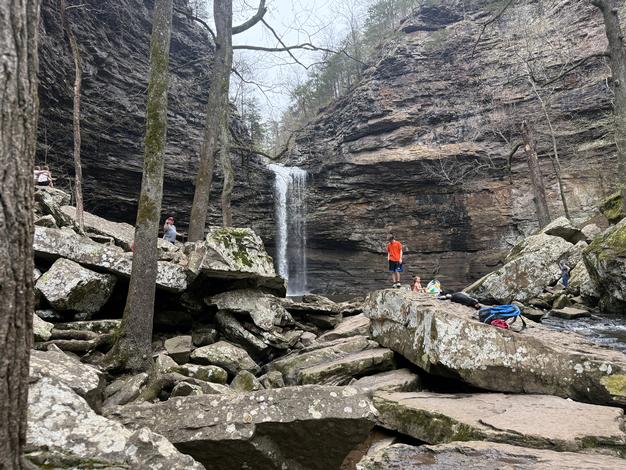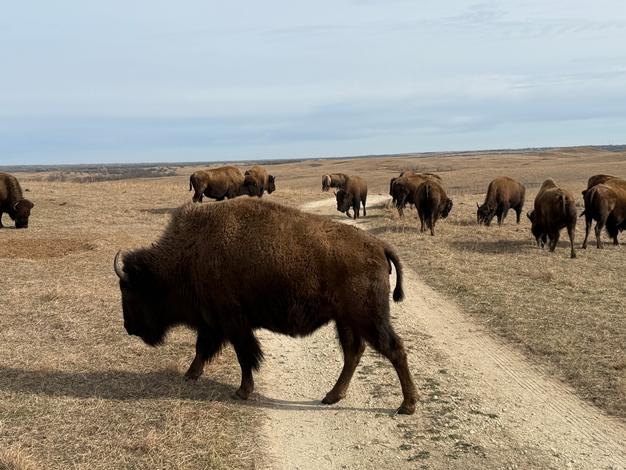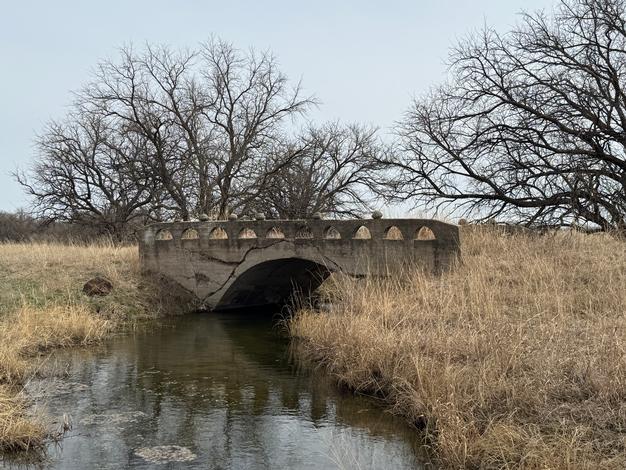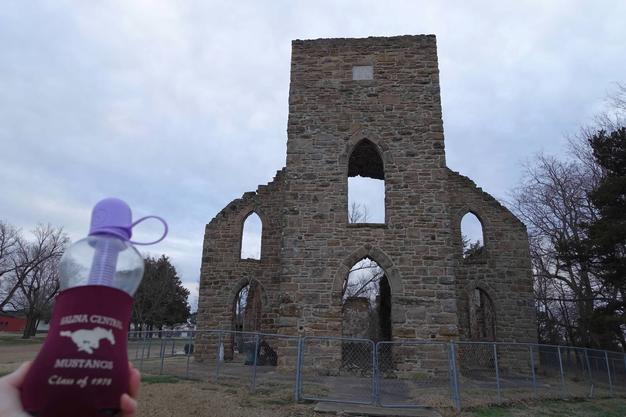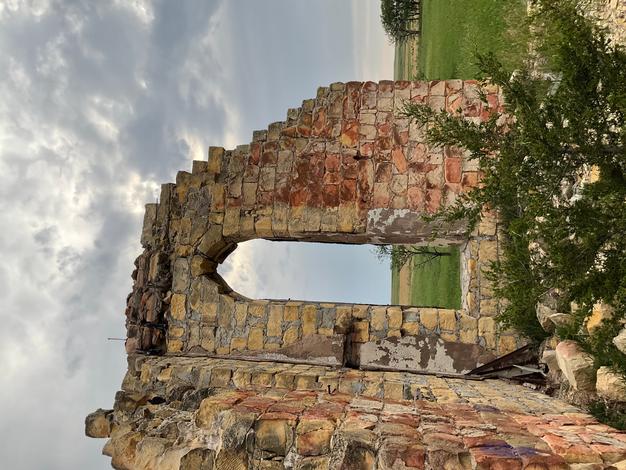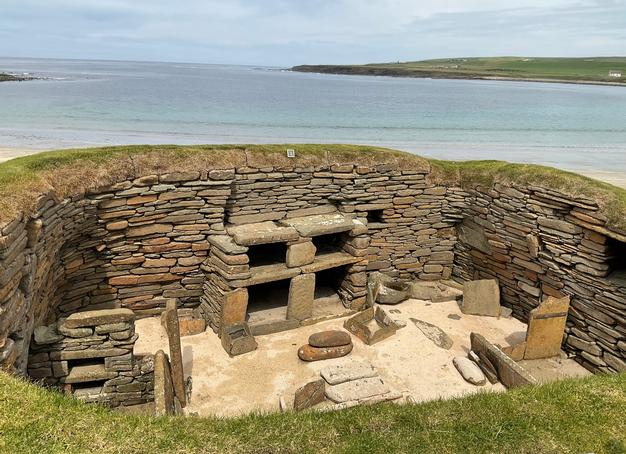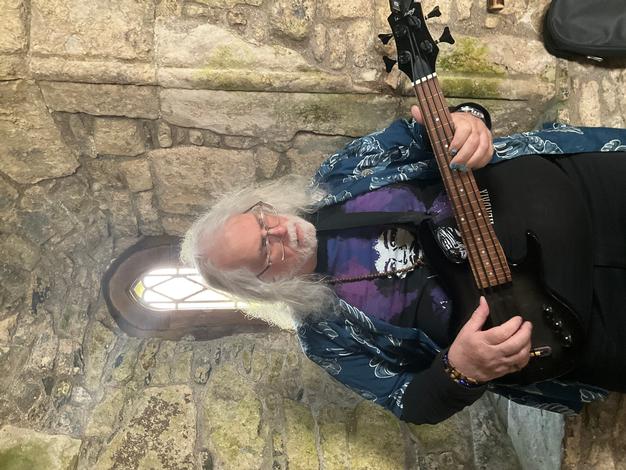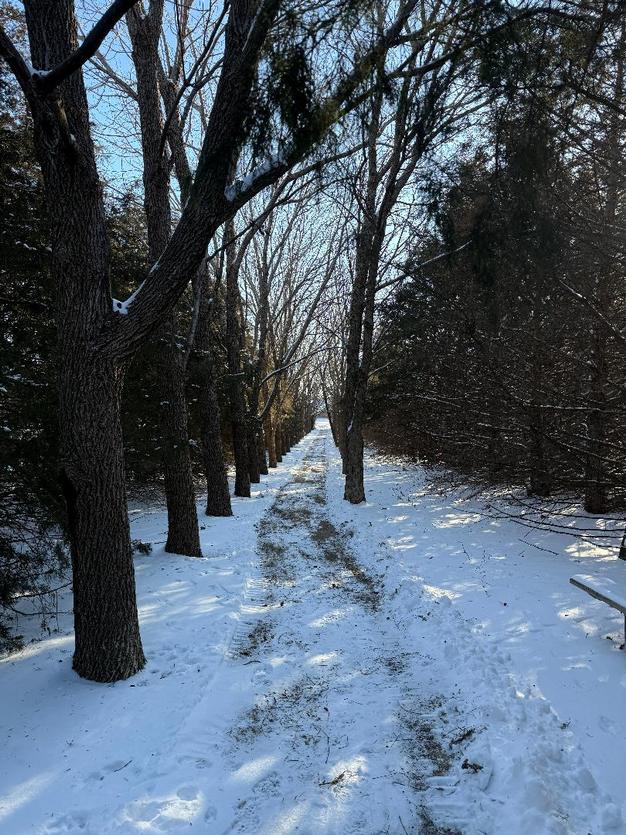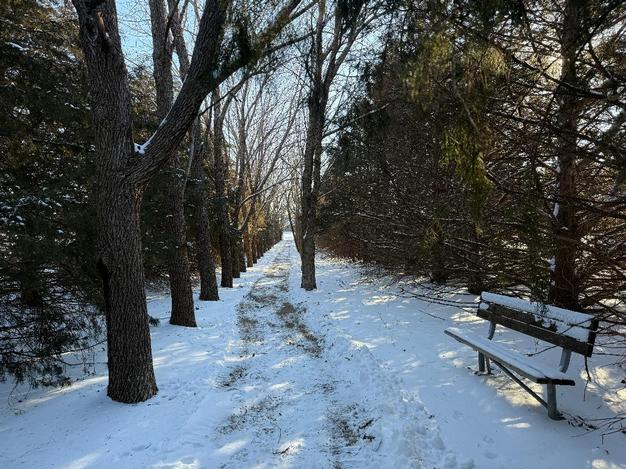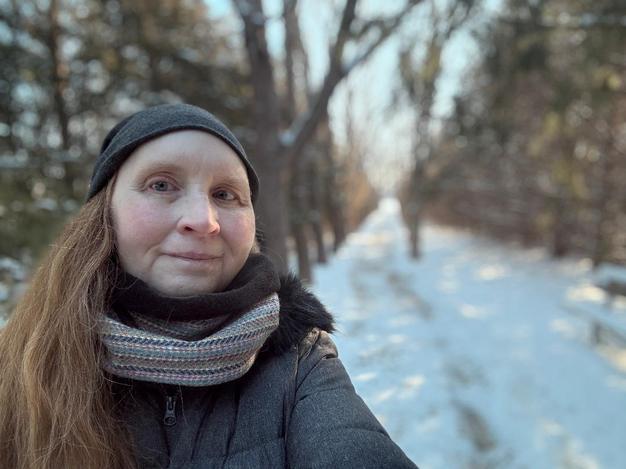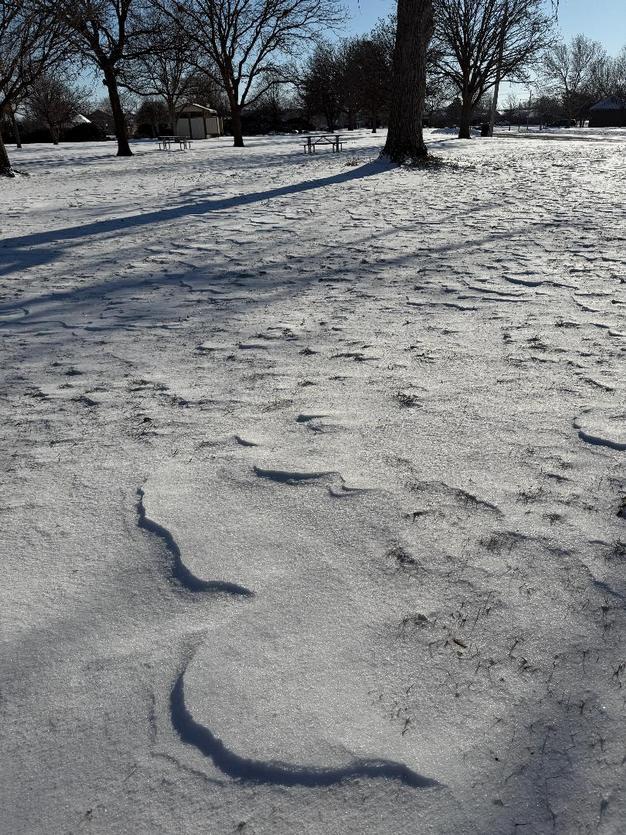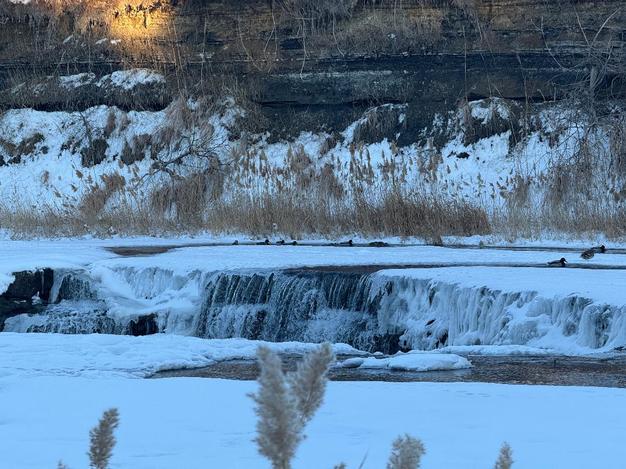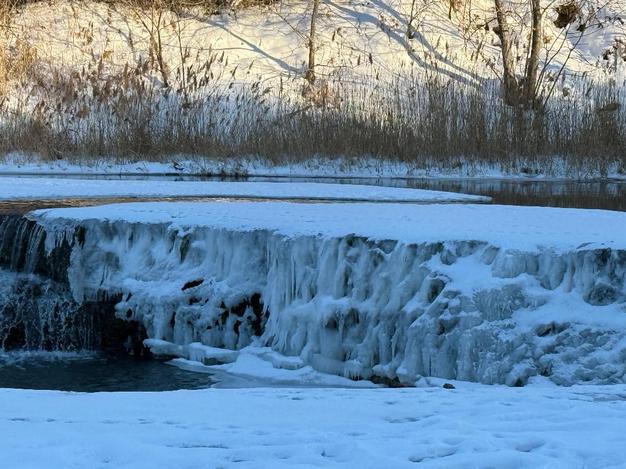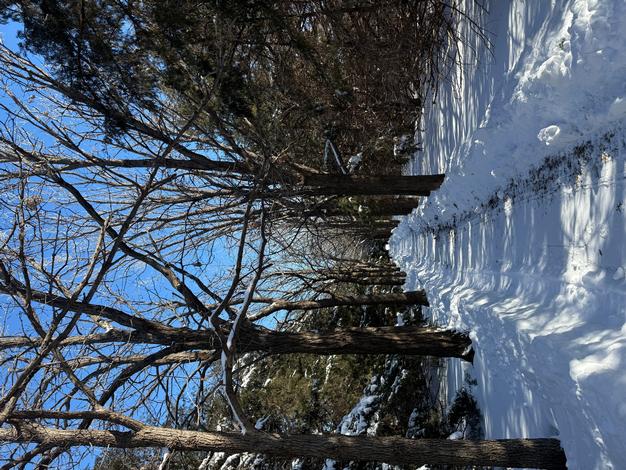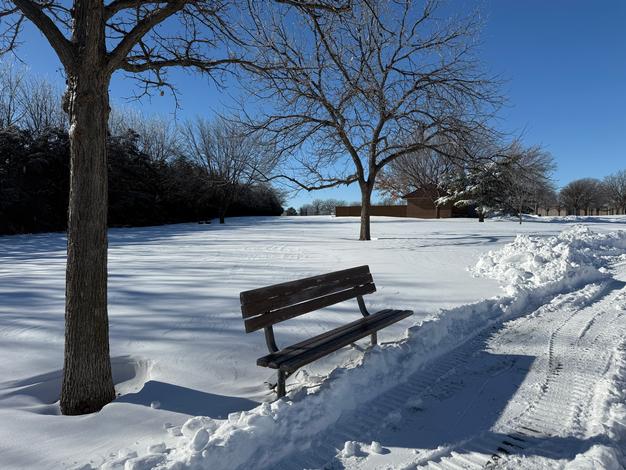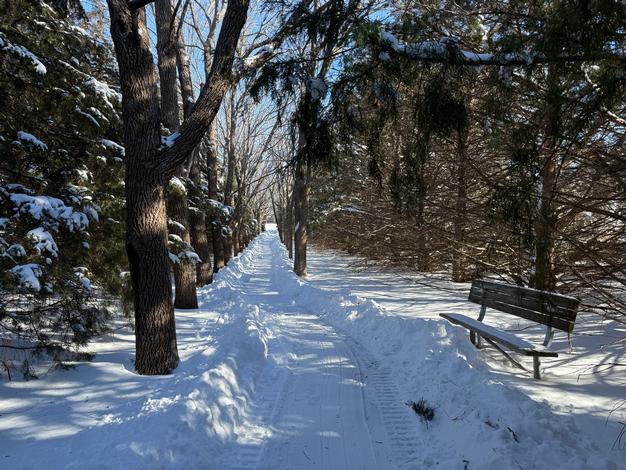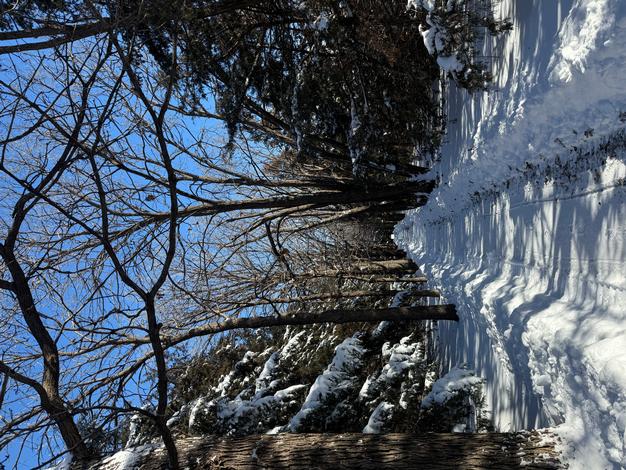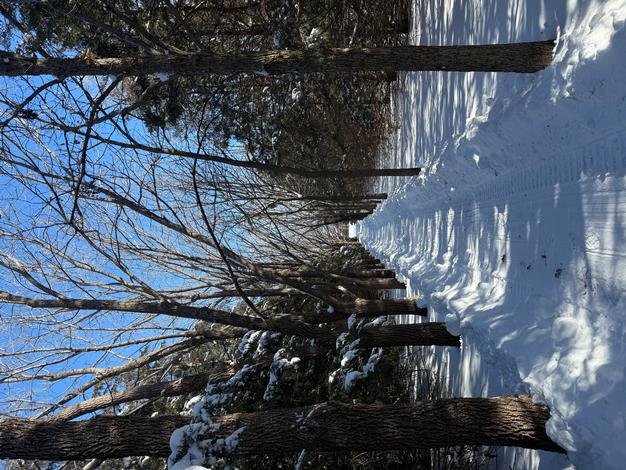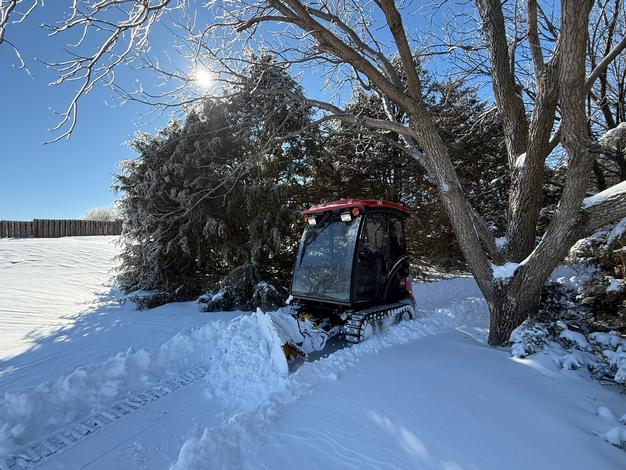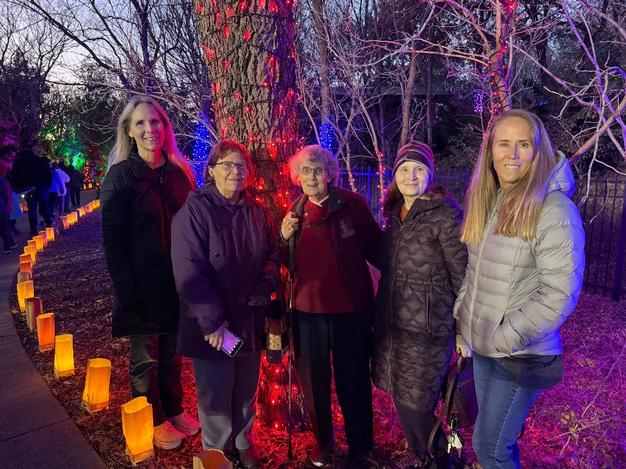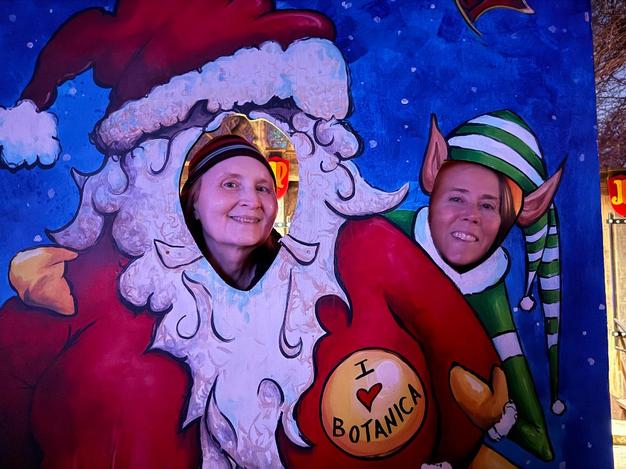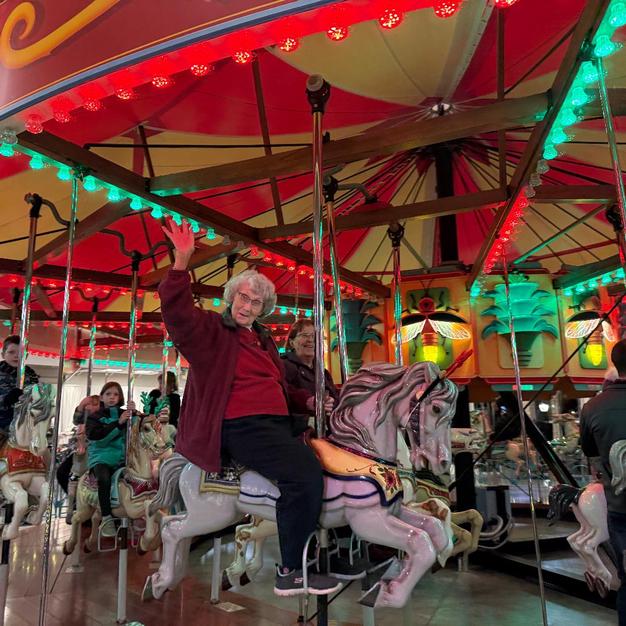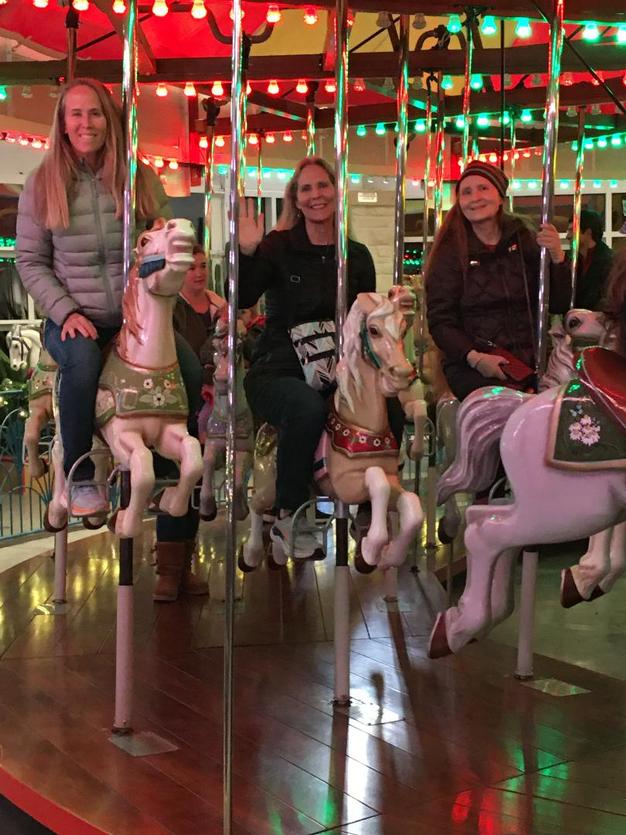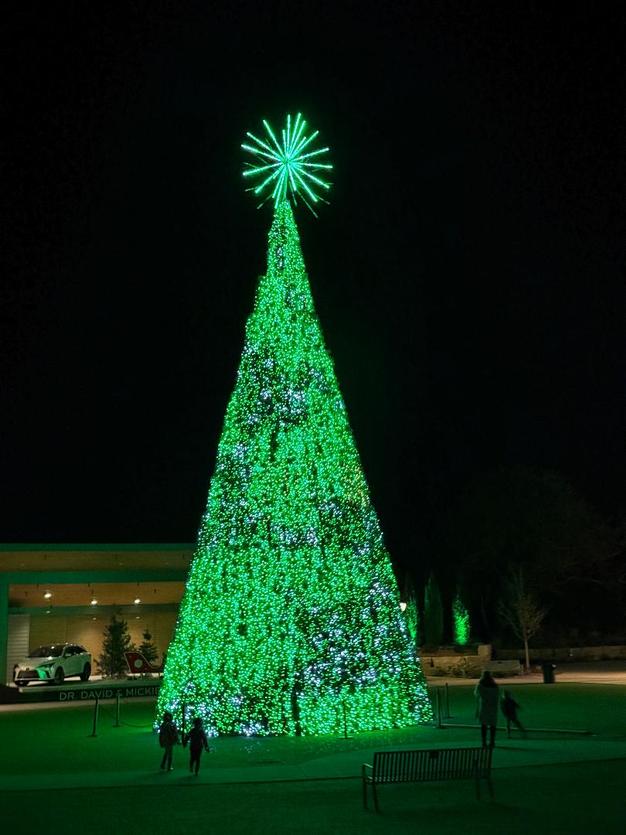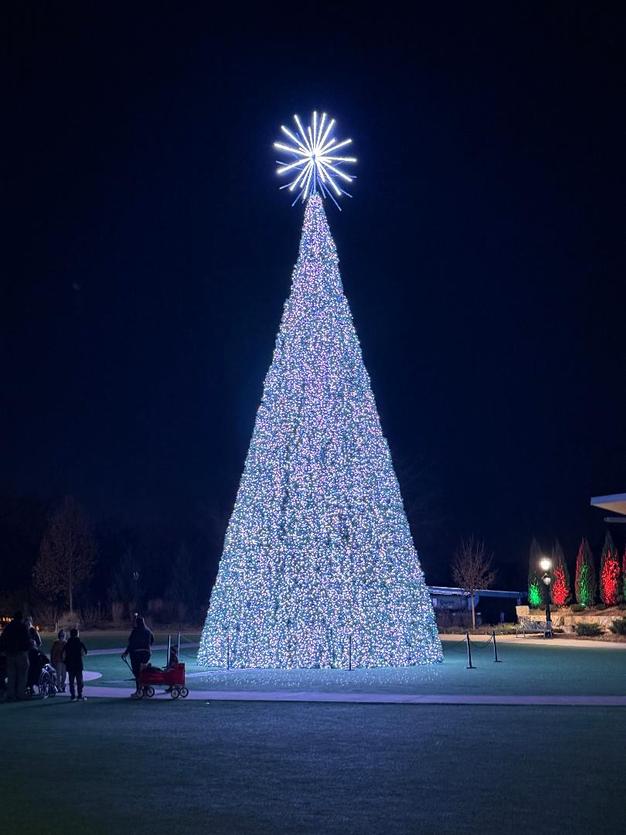Salina Central High School
Salina, Kansas
Class Of 1978
Kathleen League
| Residing In: | Salina, KS USA |
|---|
| Spouse/Partner: | Bill Martin |
|---|
Kathleen's Latest Interactions
Posted on: Jun 07, 2025 at 7:09 PM
Some baby bison at the Maxwell Wildlife Refuge near Canton, KS, during the calving season. Baby bison have a reddish color that lasts for 2-3 months. The color is referred to as ‘cinnamon’. The refuge gives public tram tours year round. Photos taken May 31, 2025.
Posted on: Mar 24, 2025 at 7:34 PM
Some bison at Maxwell Wildlife Refuge, and a pretty little abandoned concrete bridge located between Roxbury, KS and the Wildlife Refuge. 3-22-25.
Male bison have straight thicker horns, while female bison have somewhat more delicate horns that curve inward at the tips. This wildlife refuge was established in 1951. It is the legacy of a Scots immigrant named John Maxwell who settled near MacPherson in 1859 and sought to save bison and other prairie species. In 1944 his sons deeded four square miles to what was then the Kansas Department of Wildlife and Parks (KDWP), and this led to the creation of the Refuge. Ironically, ten bison came from the Bronx Zoo (via the Wichita Mountains National Wildlife Refuge in Oklahoma) in 1951 to help establish the Refuge in Kansas. The Bronx Zoo had been working since 1905 to preserve bison. Bison once roamed in numbers upwards of around 60 million in America. By 1900, there were fewer than 1,000 remaining bison. The Maxwell Refuge has about 200 bison.
Posted on: Mar 13, 2025 at 6:33 AM
Some poignant ruins in Kansas. Not as ancient as in the Old World, but the New World moved a lot faster.
1. St. Aloysius Church, near Greenbush, built 1907, burned from a lightning strike in 1982. Photo November 2020.
2. United Brethren Church, built 1882, 15 miles northwest of Brookville. I’m told regular services had stopped before 1950, but a group from Salina held Vacation Bible School there in the early 1950s. The United Brethren Church was the first American denomination that was not transplanted from Europe. An early and steadfast bishop of the denomination was Milton Wright, father of Wilbur and Orville, who invented the airplane. Photo spring 2007.
3. Sacred Heart Church rural Ellis County, not far from Hays. Built 1901, burned down 1998. The unincorporated town of Emmeram was anchored by this church, and fell apart completely after the church burned down. One former resident named Titus Denning is reported to have reminisced, “When the church closed, that was the end of Emmeram. I still like it a lot better out here [Emmeram] than where I am now.” Photo June 2023.
Posted on: Feb 14, 2025 at 1:06 AM
From last July, visiting northern Scotland, specifically the Isle of Lewis and Harris, and the island of Orkney. These areas are rich in Neolithic and other ancient sites.
First two photos: the Calanais (Callanish) Stones, from 5,000 BC, pre-dating Stonehenge. They are arranged in a cross shape: 3 short arms, and one long arm comprised of two rows forming an avenue. Where the arms meet, there is a circle of stones with a monolith in the center. There is just something about those mysterious ancient Neolithic stone circles and monuments, isn’t there?
3rd photo: best preserved Neolithic home at Skara Brae, on the west coast of Orkney, dating from 3180 BC. Skara Brae was a cluster of ten earth-sunken stone homes, connected by short tunnels. Each home had the same arrangement: a stone-frame bed on each side with storage cubbies, and a hearth and storage shelves opposite the entrance. Everything made of stone! (The beds would have been filled with bracken and heather to make a soft cushion, and the coverings would have been animal skins.) So charming to see the home-y arrangements that remain intact from so long ago! The inhabitants were real “modern Stone Age families” (to quote the cartoon show which turned out to have some truth to it, at least as regards actual stone homes and cozy touches in the interiors, ha)! The sunken-earth placement for the homes also helped their coziness, as it helped protect them from the harsh Orkney climate. Each home also had privacy, courtesy the ability to bolt their individual entry doors.
4th photo: Bill at St Clement’s Church, dating from ca. 1520, on the southern tip of Harris. This medieval church was built out of local stone for the MacLeod clan of Harris. A rare example of a Roman Catholic chapel that escaped defacement or destruction during the Protestant Reformation of the 16th century, probably due to its rather remote location. Bill posed with his bass guitar (but didn’t play it there, ha).
More snowy pics, mostly in Jerry Ivey Park. 2-13-25. We got a couple of inches of light fluffy snow yesterday. (Easier to shovel than the 12+ inches of ice-laden snow a month ago!)
Posted on: Jan 06, 2025 at 4:47 PM
Jerry Ivey Park in the snow, 1-6-25. I was surprised to see that the pedestrian tree alley had already been plowed. The plow was just leaving as I approached. Definitely made the walk easier than traipsing through snow over ten inches deep!
Posted on: Dec 05, 2024 at 6:53 AM
Mom, a friend, sisters, and I just visited the Botanica Illuminations in Wichita. I'd never been before. There is a mile loop of colorful lights and a few side diversions along the way, including a wonderful carousel. The carousel originally belonged to Joyland in Wichita. When that closed, the carousel was donated to Botanica, who restored it to its original glory. There are only five of this type of carousel remaining in the world. Mom, who is 90 years young, loves carousels and still rides them whenever the opportunity presents itself! What with the carousel, seasonal music, and magical, ever-shifting light displays, we all had a great time. It's a good place for a fun, festive family outing, in case you are looking for such an excursion!
Posted on: Jun 09, 2024 at 7:39 AM
One more “Kansas is great” post! Photos from a day-trip to ride the historic Central Branch Railroad from Waterville to Blue Rapids and over the Big Blue River. Here my youngest sis, 89-year-old mom, and I were just about to go over the metal trestle above the Big Blue River 85 feet below.
History of this railroad includes that it was built in the 1860s. It became part of the Orphan Train system at the turn of 20th century. (There’s a museum in Concordia about the Orphan Train).
When Union Pacific abandoned this 100-mile line in 1999, the citizens of Waterville approached UP asking what they could do to save their area’s tracks. UP, probably as a clever way of saying ‘no,’ quipped that if the citizens could raise $45,000 in 7 seven days, they could buy the 12 miles of tracks from Waterville to the Big Blue. The person relaying this to us asserted that UP clearly thought they were dealing with Kansas hicks who wouldn’t be able to raise that sum. The Waterville group successfully proved UP wrong: 17 citizens came up with the $45,000 and paid off Union Pacific. (Unfortunately, UP turned down other towns who tried to follow Waterville’s example.).
It’s an authentically noisy bumpy ride in an open sided car, and we were there on a rainy day, but it was fun and we learned some interesting history. 5-30-24.
Posted on: May 19, 2024 at 4:00 AM
With my sisters at Little Jerusalem State Park near Oakley, KS in Logan County, KS. May 11, 2024.
These badlands consist of Niobara chalk cliffs of 100 feet high, formed by sediment laid down 85 million years ago, when central North America was covered by the Western Interior Seaway. This area belonged to a private ranch until 2016, when it was sold to The Nature Conservancy. The Kansas Legislature established it as a state park in 2018.
Kansas is an amazing state, with a combination of subtle and dramatic beauty!
Posted on: Nov 21, 2021 at 8:44 PM
At the Frank Lloyd Wright house in Wichita, for a guided tour. The only FLW house in Kansas available for tours. It is the last building designed by Wright in the Prairie Style, and he considered it one of his finest. It was designed in 1915 for Henry Allen, who was governor of Kansas from 1919-1923.
Kathleen's Photo Gallery



















